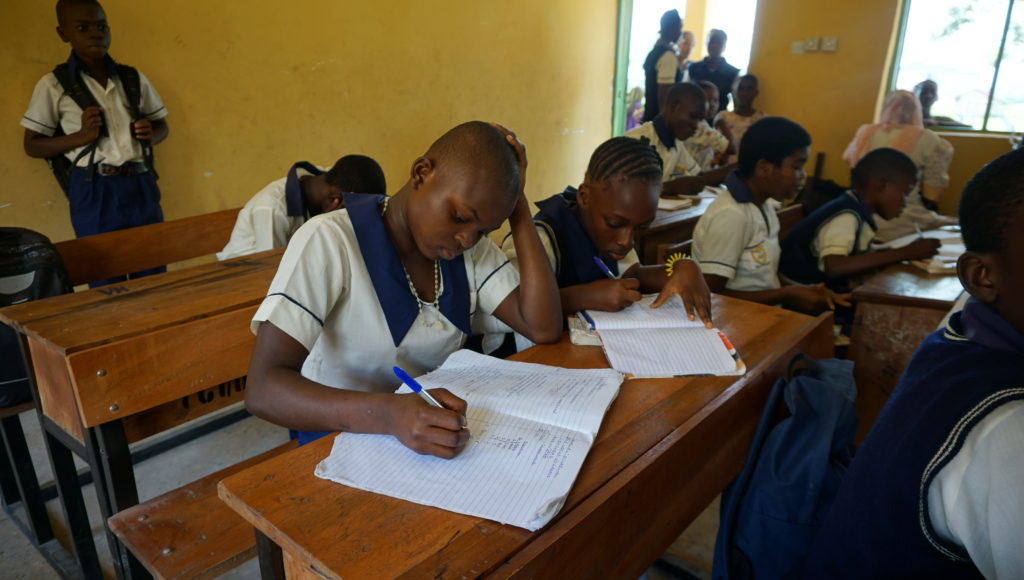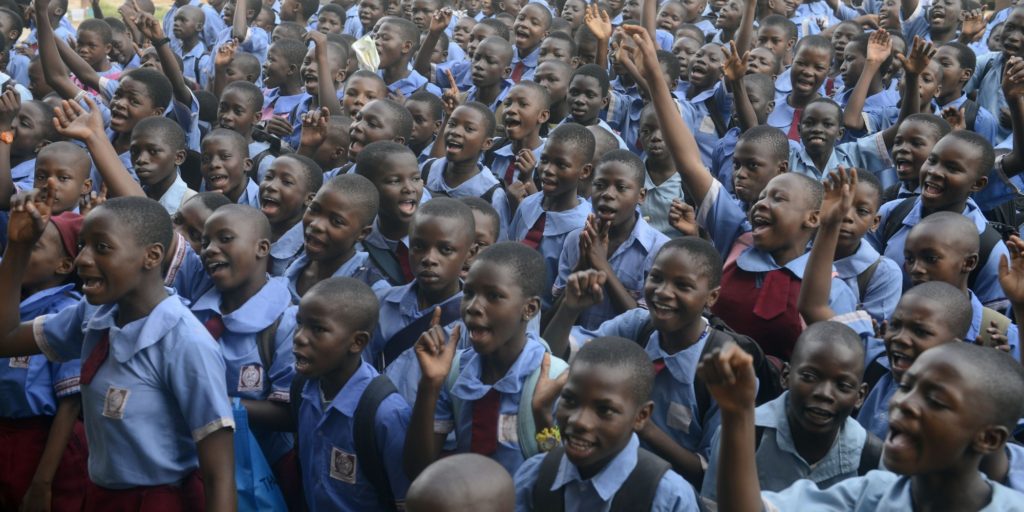Educational Performance in Nigeria
Six research projects were chosen for the first “Southern Voice on the State of the Sustainable Development Goals” (SVSS) report. The Southern Voice “State of the SDGs” initiative will provide evidence-based analysis and recommendations to improve the delivery of the Sustainable Development Goals (SDGs). As a collaborative initiative, the program will compile a broad range of perspectives to fill an existing knowledge gap that will also enrich the discussions on the SDGs and level the playfield with new voices from the Global South. OVERVIEW
Nigeria has the largest number of out-of-school children in the world. According to UNICEF, 10.5 million primary school age children were not enrolled in school. Certain factors continue to determine the underperformance and achievement of quality of education in Nigeria. They can be regional and/or gender and economic factors. There has been notable improvement in the quantity of people with access to education, especially at the basic education level, for example thanks to the Millennium Development Goals (MDGs) and the domestic Universal Basic Education (UBE) Scheme. But unfortunately the same cannot be said of the quality of education, which has seen little or no improvement.
THE RESEARCH
In the proposed research titled: “Educational Performance in Nigeria: The Dimensions, Drivers and Implication for SDGs”, CSEA’s goal is to identify the key drivers of exclusion in quality education outcomes. The idea is to provide policy implications that point to what needs to be changed and the prospects of achieving quality education goals. The project aims to strengthen inclusiveness in Nigeria’s educational system, particularly in achieving SDG4(Quality Education). Exclusion is a multidimensional challenge. But we can make further progress in education if we identify the various groups that face the risk of being left behind. The study will provide an analysis of progress towards reaching SDG 4. CSEA will compare national progress with a particular focus on the most marginalized groups. Exploring the nature and dynamics of the underlying causes of marginalization will shape the design of policy interventions that can eventually bridge gaps in education quality. Our analysis will draw on possible trade-offs between SDG 4 and other goals in the 2030 Agenda. We will also analyse drivers of educational exclusion and evaluate the role of economic and social factors.
THE IMPACT
The research will provide empirical evidence on the dimension and drivers of exclusion, while also evaluating the adequacy of various means of implementation to achieve SDG 4. Although the Nigerian government is keen on achieving SDG 4, emphasis has been on quantity, rather than quality of education. Luckily, policymakers have recognized this and are making efforts to correct this. For instance, the Nigerian government had planned to declare a state of emergency in the educational sector in April 2018, meant as a measure to revitalize the quality of education. But the declaration by the government is yet to be put into motion. Meanwhile, little progress can be made without evidence-based research. It is needed to unpack the issues around poor quality of education in Nigeria and to identify proactive measures to address them. This is an important gap that our study seeks to fill. It will provide policy makers with insights on the method of delivery of the SDG programme to ensure that “no one is left behind”.


 English
English
 Arab
Arab
 Deutsch
Deutsch
 Português
Português
 China
China




